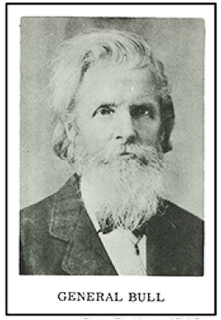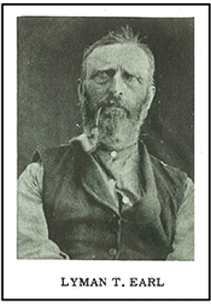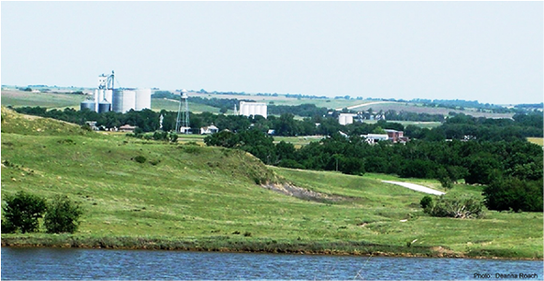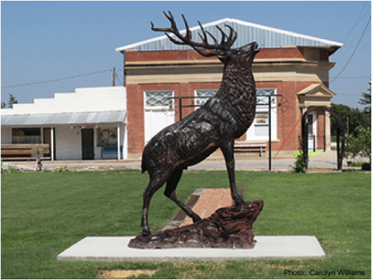Living Off the Water: The Challenge to Tame and Sustain Life in the Solomon Valley
Shared human experiences with water along the Solomon River from Glasco to Hoxie, Kansas.
A Vision
It’s not known whether Hiram C. Bull and Lyman T. Earl were acquainted before their 1870 meeting in the fall in Cawker City. They were both intent on settling farther west and making a name for themselves by establishing a new town after the upheaval of the Civil War. H. C. Bull, attorney, politician, and business man, had served as quartermaster-general of Wisconsin. Thereafter he was known as “General Bull.” His demeanor indicated someone who would take charge in almost any situation.
It’s not known whether Hiram C. Bull and Lyman T. Earl were acquainted before their 1870 meeting in the fall in Cawker City. They were both intent on settling farther west and making a name for themselves by establishing a new town after the upheaval of the Civil War. H. C. Bull, attorney, politician, and business man, had served as quartermaster-general of Wisconsin. Thereafter he was known as “General Bull.” His demeanor indicated someone who would take charge in almost any situation.









